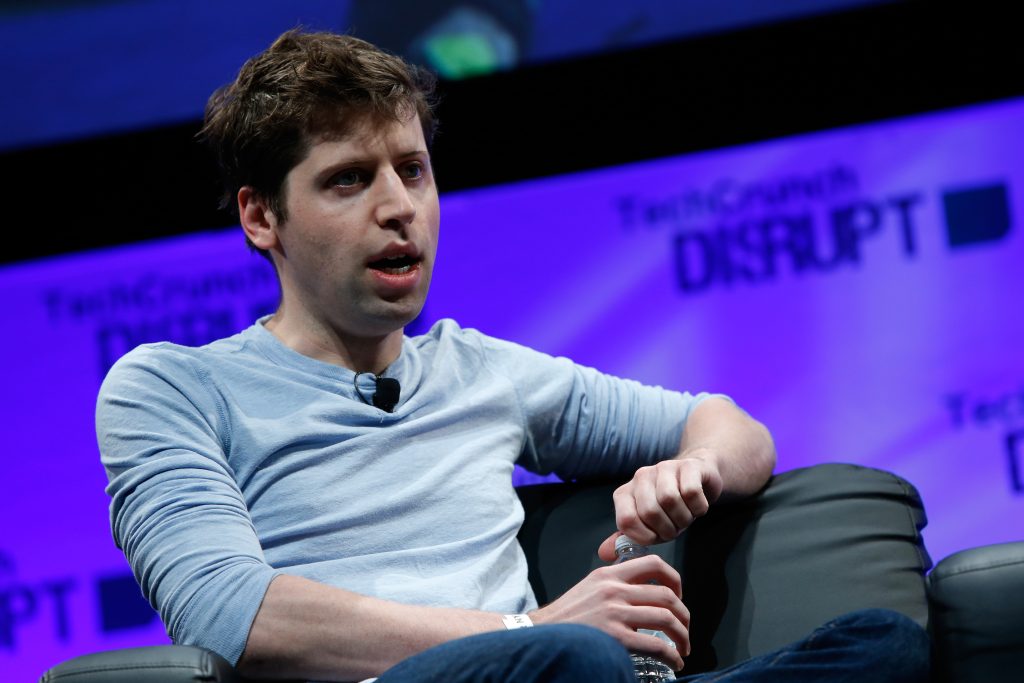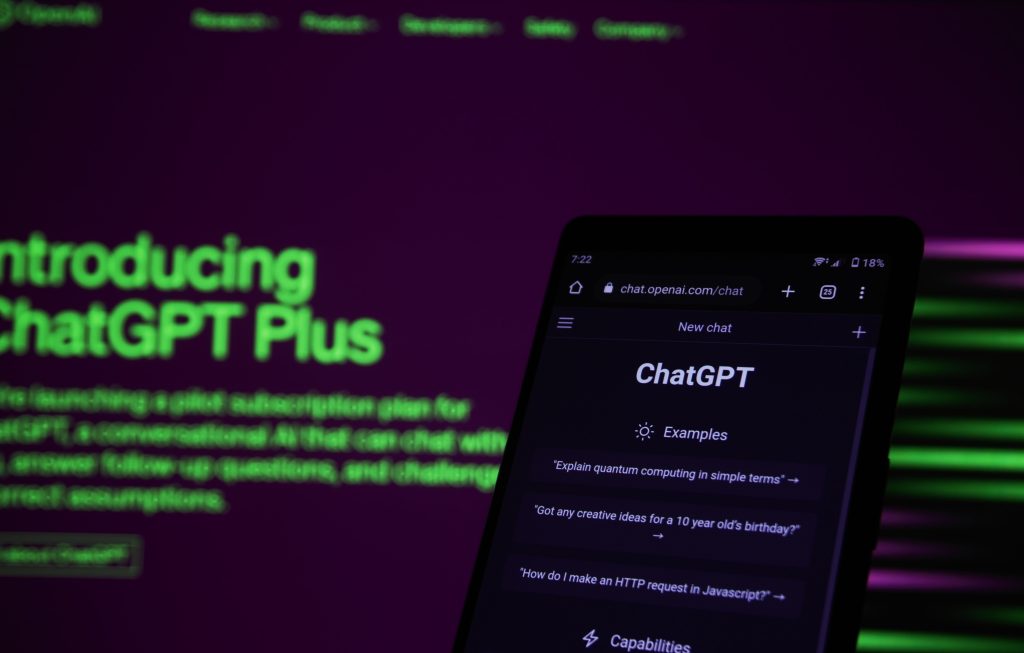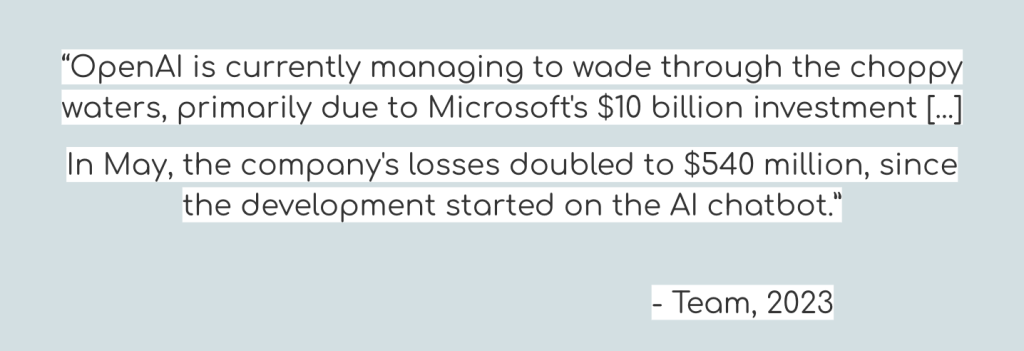by Lorenzo Piero Holder
As I strolled along the shores of the North Sea, memories flooded back—days of building sandcastles with my sister. While at first we would be eager to play with our respective sandcastles, we eventually reached a point where one of us would attempt to contribute to the other’s design either by assisting in the piling of sand or by flinging mud at each other’s structures.
Should we work individually on our vision or do we benefit from inviting collaboration?
The simplicity of those childhood moments echoed in my mind as I delved into the complexities of the past week’s events at OpenAI and its wider implications for open source alternatives to Silicone Valley’s artificial intelligence (AI) efforts.
In the intricate world of artificial intelligence, the ongoing debate between open and closed systems mirrors the choices we face when building sandcastles—do we invite others to contribute, or meticulously craft our vision alone? While a closed system provides structure and significant security advantages, it also overly centralizes computing and slows down innovation. Rather than a genuine effort to democratize access OpenAI’s strategy mirrors a cash grab of historic proportions.

OpenAI, a pioneer in generative AI, found itself at a crossroads these past weeks, when on November 17th, co-founder and CEO Sam Altman was suddenly ousted by a sufficient majority of OpenAI’s board members. While the world was outraged and demanded the reinstallment of Altman, I wondered about the implications for the industry’s ambition to pursue an open source alternative. Would the protestors and resigning researchers cross-pollinate other startups and catalyze new technological breakthroughs?

OpenAI’s closed ecosystem
After all, since OpenAI’s Dev Day, a few weeks ago it had become apparent that Sam Altman’s vision for OpenAI opposed the company’s original mission and would double down on a closed system in the form of a GPT Store. Hence an AI platform for creating and monetizing your own applications within OpenAI’s closed operating system. While the move would encourage innovation within OpenAI’s structure and provide greater security from misuse, the more important factor is the ability to cut off corporate access from generating revenues with the open source model (Zhang, 2021).
The decision to host the GPTs on OpenAI’s platform rather than to allow open access for developing applications and use cases directly contradicted the original open source charter of OpenAI and thus raised concern among early supporters.
Besides tapping into community innovation—much like a community of sandcastle builders ,The pros of an OpenAI system include the democratization and public access to AI, lowers computing requirements and providing an alternative to Silicon Valley’s dominance as technocrats (i.e. Microsoft, Alphabet, Meta) (Rikap, 2023.).
A path to profitability?
However, despite its monumental success, chatGPT’s open source strategy had for years hampered its profitability. In fact, OpenAI’s losses have now doubled to a staggering 540 million dollars since the inception of the AI chatbot.
In part the losses are a result of the corporate API’s benefiting from ChatGPT’s capabilities without contributing to the company’s earnings potential. Additionally, given the immense research cost associated with general artificial intelligence, analysts say OpenAI is relying on Microsoft’s $10 billion investment earlier this year to avoid bankruptcy (Team, 2023.).

Perhaps without Microsoft’s support OpenAI may not have survived as an open source model but as OpenAI navigates this digital dilemma, the sands of choice shift beneath its feet. A number of open source models and research leaks point to a lack of a secret sauce and that divergent artificial intelligence efforts would eventually lead to the same outcome and thus ultimately OpenAI’s move to close its model is akin to building a profit generating mote (Kashyap, 2023).
After a dramatic turn of events Sam Altman has ultimately returned as CEO to OpenAI with the former board dismissed and Microsoft to co-chair the governance structure. WHile many celebrate Altman’s return as a win for the AI community it may never be clear whether the coup is a last vain attempt to realign the company with its original mission or whether it marks an end to the sandcastle in the sky of an open model for the public.
Bibliography
Kashyap, Ravi, and ChatGPT OpenAI. “A First Chat with ChatGPT: The First Step in the Road-Map for AI (Artificial Intelligence)…” Available at SSRN (2023).
Rikap, Cecilia. Same End by Different Means: Google, Amazon, Microsoft and Meta’s Strategies to Organize Their Frontier AI Innovation Systems. City, University of London, 2023.
Team, W. W. (2023, August 13). OpenAI may go bankrupt by end of 2024, costs $700k to operate ChatGPT daily: Report. WION. https://www.wionews.com/science/openai-may-go-bankrupt-by-end-of-2024-costs-700k-to-operate-chatgpt-daily-report-625016
Zhang, Caiming, and Yang Lu. “Study on artificial intelligence: The state of the art and future prospects.” Journal of Industrial Information Integration 23 (2021): 100224.



Recent Comments